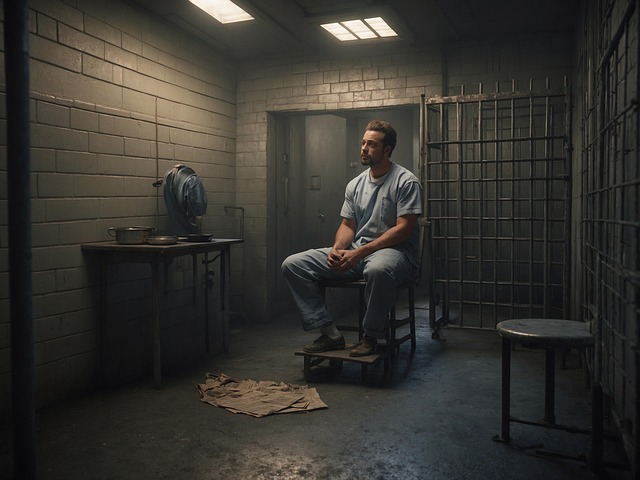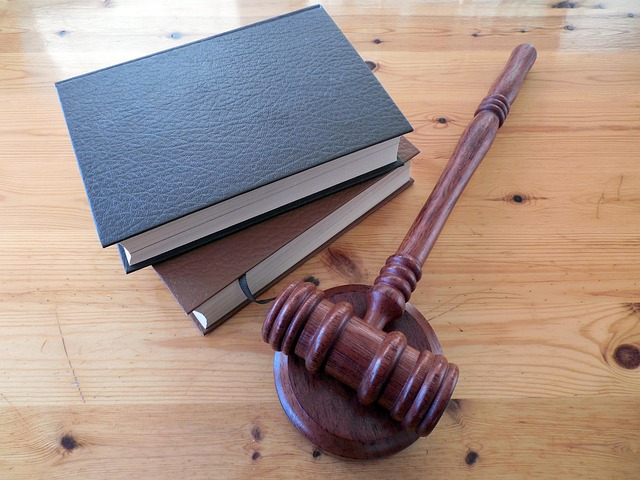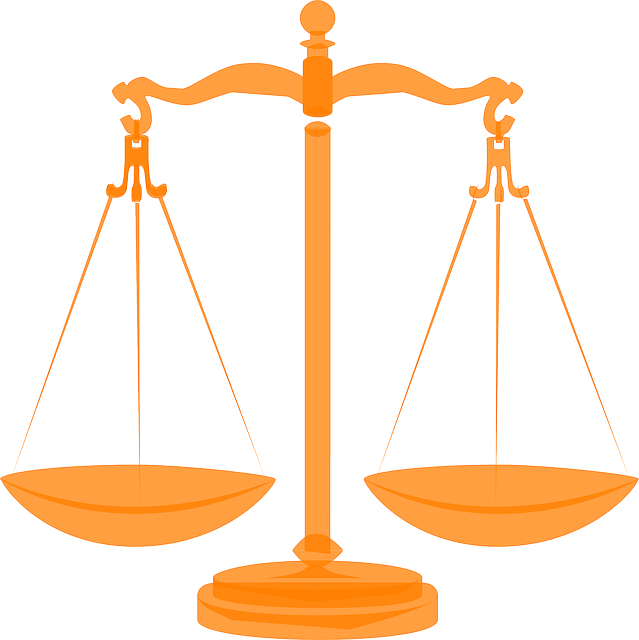Cyclists injured due to road hazards or negligence can seek cycling injury compensation through insurance claims, legal action against at-fault parties, or advocacy from specialists. Understanding benefits like Personal Injury Protection (PIP), proving negligence by demonstrating unreasonable risks and a failure to mitigate them, and gathering thorough evidence are key steps. Prioritizing safety, seeking immediate medical attention, documenting the incident, reviewing policy options, and engaging with insurers ensure a streamlined process towards securing fair compensation.
“Cycling enthusiasts often face unique challenges on the road, and when accidents occur due to hazardous conditions, understanding your rights is crucial. This article guides you through the complex landscape of cycling injury compensation, offering insights into legal protections and options available to cyclists. We explore how to navigate road hazard accidents and what constitutes negligence, along with a step-by-step process for claiming compensation. Ensure you know your rights and take control after an accident.”
- Understanding Cycling Injury Compensation: Your Legal Rights and Options
- Navigating Road Hazard Accidents: What Constitutes Negligence?
- The Process of Claiming Cycling Injury Compensation: Steps to Take After an Accident
Understanding Cycling Injury Compensation: Your Legal Rights and Options

When a cyclist suffers an injury due to a road hazard or the negligence of another party, understanding their legal rights and options regarding cycling injury compensation is essential. In many cases, cyclists involved in accidents are entitled to seek financial redress for their injuries, medical expenses, and other related costs. This process often involves navigating insurance claims and, if necessary, taking legal action against the at-fault party, such as a truck accident attorney representing a negligent driver or an elder abuse lawyer advocating for a vulnerable victim.
Cyclists should be aware of various avenues for cycling injury compensation, including personal injury protection (PIP) benefits from their insurance provider, and filing claims with other responsible parties’ insurers. In complex cases involving insurance disputes, consulting with a specialized attorney can help ensure the cyclist receives fair and adequate compensation for their injuries and losses.
Navigating Road Hazard Accidents: What Constitutes Negligence?

Navigating road hazard accidents involves understanding negligence. When a cyclist encounters a road hazard—like a pothole, loose debris, or poorly maintained signage—it can lead to severe injuries. To establish negligence and pursue cycling injury compensation, it’s crucial to prove that the hazard was an unreasonable risk and that the responsible party, whether a municipal body or private entity, failed to mitigate this risk. This could involve examining factors such as regular inspection protocols, timely repairs, and compliance with safety standards.
Determining liability in these cases often requires careful investigation and documentation. A qualified car accident lawyer can help gather evidence, including photographs, witness statements, and maintenance records, to build a strong case for compensation. Unlike product liability claims or contract disputes, which involve different legal frameworks, cycling injury compensation focuses on the duty of care owed to cyclists by road managers and the consequences of negligence.
The Process of Claiming Cycling Injury Compensation: Steps to Take After an Accident

After a cycling accident due to road hazards, the first step is to ensure your safety and seek immediate medical attention if needed. Once stabilised, document the incident thoroughly – take photos of the hazard that caused the accident, gather contact details of witnesses, and keep records of any conversations with authorities or insurance representatives.
Next, review your policy options. Cycling injury compensation isn’t always straightforward; it depends on factors like local laws, your specific coverage, and whether the road hazard was a result of negligence (e.g., poorly maintained roads, obstructed signs). If you have homeowner insurance claims or even product liability in cases where faulty bike components contributed to the accident, these could play a role in your compensation. Engage with your insurer to understand their process for filing a claim and gather any necessary documentation. This proactive approach will streamline the journey towards receiving the cycling injury compensation you deserve.
Cycling enthusiasts deserve protection and support when facing injuries due to road hazards. Understanding your legal rights is a crucial step towards securing appropriate cycling injury compensation. By knowing what constitutes negligence, you can navigate the claims process effectively and take the necessary steps to ensure you receive fair compensation for your troubles. Embrace these insights as a guide to advocating for yourself and prioritizing your well-being post-accident.






